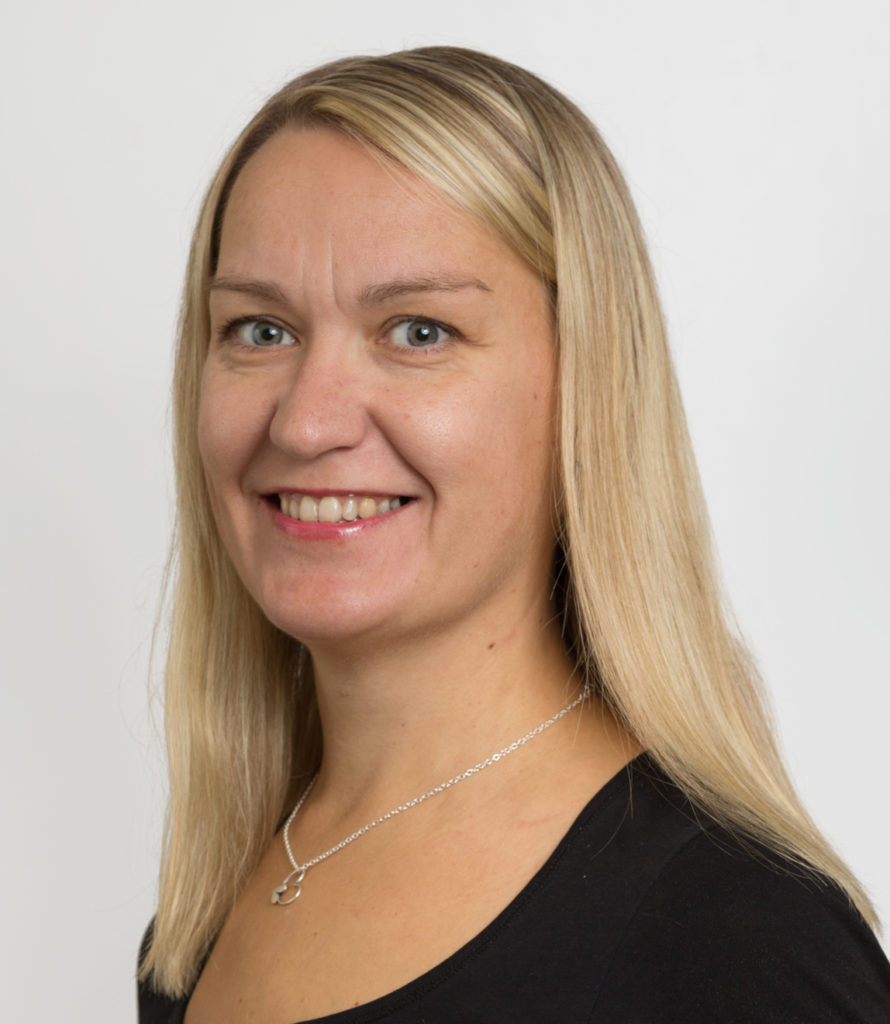
I became familiar with Collective Memory-Work (CMW) when I used it as a method in my master’s thesis about women’s memories in growing up within their sexualities. After that, I have used CMW in an intercultural research project with Finnish and Gambian visual art students, teachers, artists and local people.
I have twenty years working experience in the higher education administration in Finland. In my teaching I am specializing on human rights education. I am currently a doctoral researcher in music education in the Sibelius Academy, University of the Arts Helsinki and in the ArtsEqual Research Initiative associated with the Center for Educational Research and Academic Development in the Arts (CERADA). My research interests are in the field of higher education, especially experiences of studying in arts education. Read more about my work, teaching and research on my web page https://tuulajaaskelainen.com/.
Tuula’s Contribution at the Symposium
CMW in Human Arts Spaces: Project plan for implementing intercultural citizenship education at schools
This paper is a plan for a project “Human Arts Spaces” to implement intercultural citizenship education at schools. Many societies have faced new challenges because of increased movements of people with different cultural communities. Especially minority groups may experience intolerance and exclusion, which affects integration in the society. Therefore, there is a need for a multiple perspective approach at schools to encourage students to respect diversity and cultural differences. Intercultural citizenship education can develop critical mind to resist manipulation and an ability to evaluate political, social, economic and cultural structures and processes (Anna Lindh Foundation, 2014).
In the Human Arts Spaces project, teachers can activate students to understand the meaning of cultural classification systems, social structural power and history by utilising the Human Spaces method developed by TenWolde (2017) combined with Collective Memory-Work and arts (Jääskeläinen, forthcoming). Human Arts Spaces includes studying in the classroom, and students travelling to a part of the city which embodies the theme that had been introduced that day. There students have an open examination and discussion of how the history and theories could be applied to an understanding of the living world. Here Collective Memory-Work is utilised when students write individual memories connected to the explored spaces and share them in a group. When groups consist of students with different backgrounds, perspectives will complement and challenge each other. After sharing their memories, students make collective artworks to re-create their memories as counter-narrative campaigns to tackle hate speech and discrimination (Jääskeläinen, 2019).
In this project, the spaces, arts and memories from the past can catalyse future dialogue among young people for peace, love and happiness to fight against discrimination and exclusion. Thus, Human Arts Spaces is a project for hope.
Anna Lindh Foundation (2014). The Anna Lindh Education Handbook. Intercultural Citizenship in the Euro-Mediterranean Region. Anna Lindh Foundation.
Jääskeläinen, T. (2019). Countering hate speech through arts and arts education: Addressing intersections and policy implications. In E. Anttila and R. Martin (Eds.) Special Issue “Arts and Culture in Education: Questioning and Reimagining Current Policies and Practices”. Policy Futures in Education. https://doi.org/10.1177/1478210319848953
Jääskeläinen, T. (forthcoming). Individual becomes collective becomes individual: Collective Memory-Work as a reciprocal and continuous learning process for hybrid artists. In R. Hamm (Ed.) Special Issue “Collective Memory-Work”. Other Education: The Journal of Educational Alternatives.
TenWolde, C. (2017). Making memory – Culturescapes and the communication of archaeological meaning. In R. Bernbeck, K. P. Hofmann and U. Sommer (Eds.) Between Memory Sites and Memory Networks. New Archaeological and Historical Perspectives (pp. 315-339). Berlin: Edition Topoi.